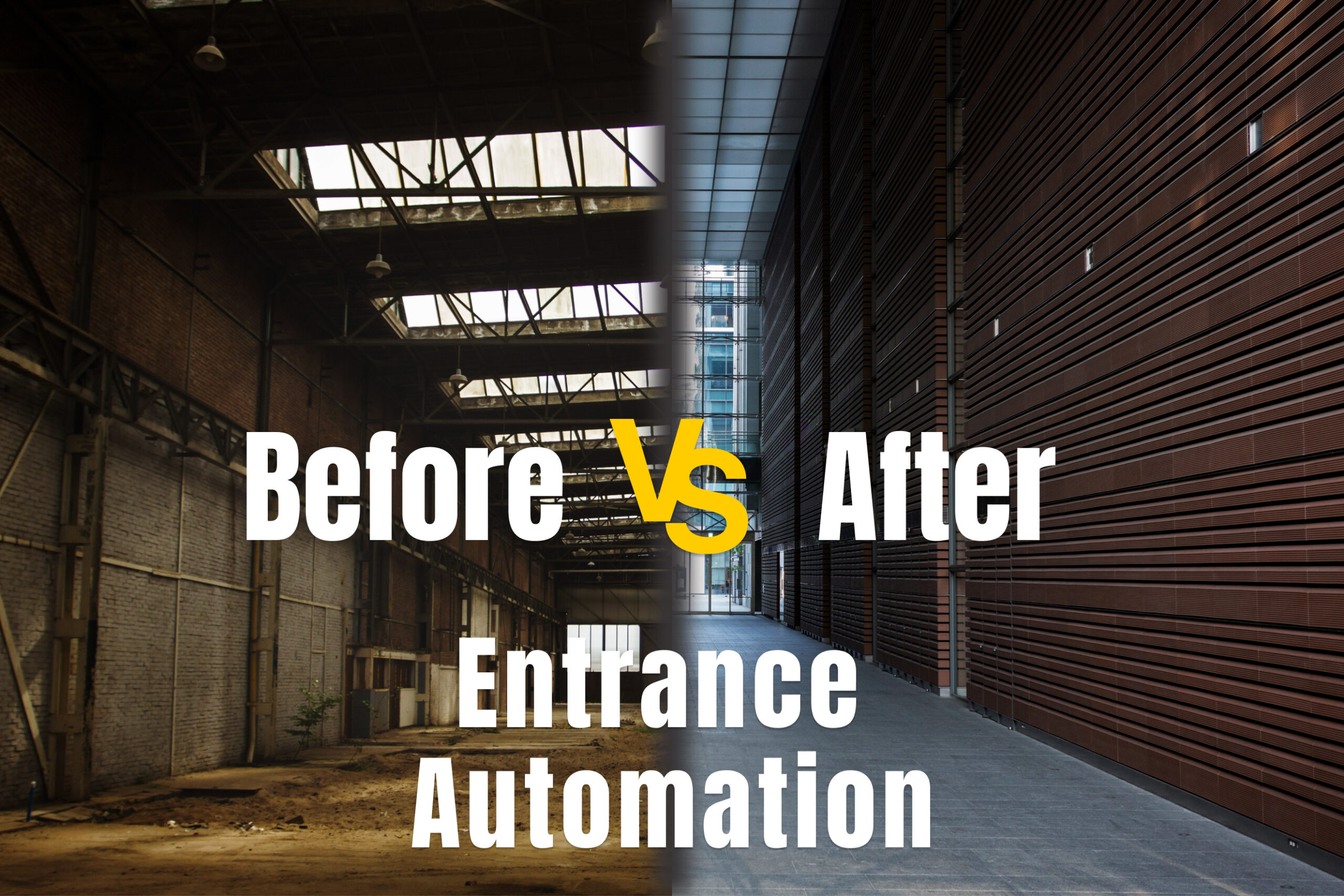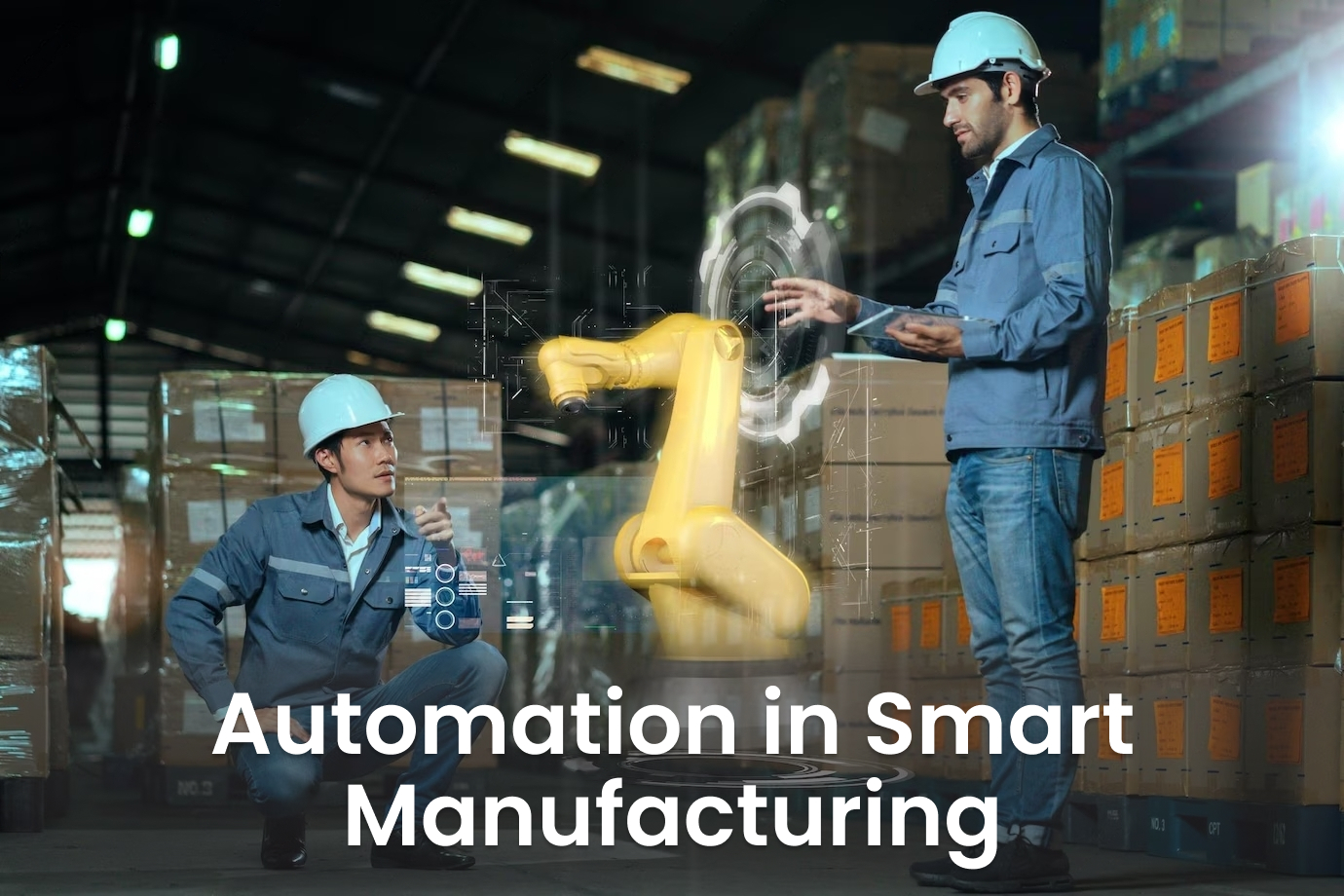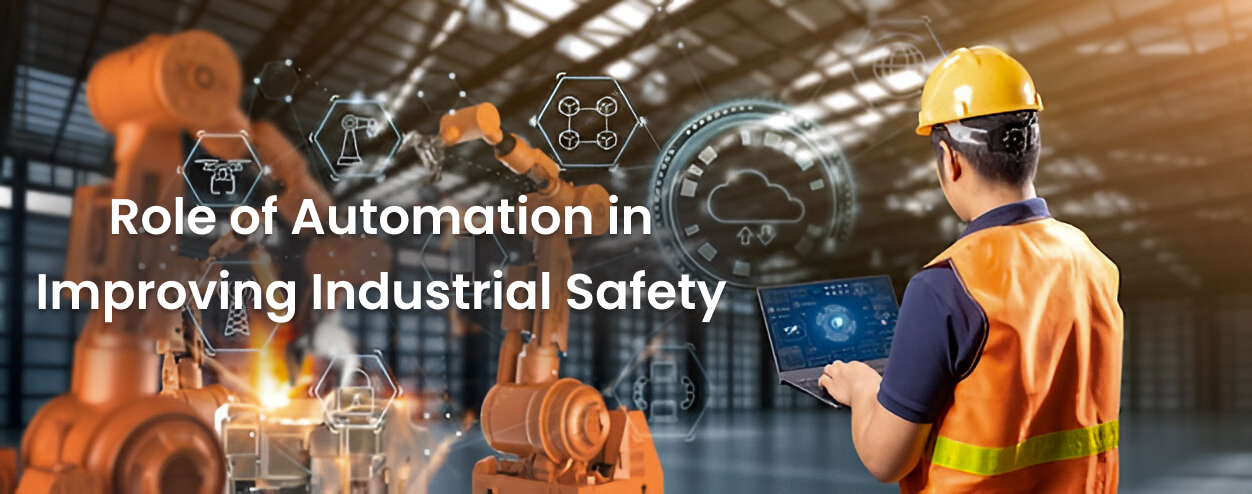What if entering a building was as simple as a wave of your hand or a quick scan of your face? Now imagine what it used to be like—manual doors, queues, security breaches, and human errors. It gives an entirely new approach to accessing a building through the way of entrance automation.
Entrance automation is revolutionizing convenience and safety from shopping centers to corporate offices and airports to residential complexes. In this blog, we’ll look at how entrance automation turned the whole game on its head, comparing ‘before’ and ‘after,’ and why they have become a critical element of modern-day infrastructure.
The Challenges of Traditional Entrances: The Before Situation
Building entrances pre-automation were notoriously difficult both from a security and efficiency perspective. Here’s a closer look at several key issues:
Lack of Automated Operations and Human Intervention
Entry systems until now were very human-response dependent. Security guards, receptionists, or doormen managed who came and who went, often with the potential for human error. The most common security loopholes were lost keys, communication failure, and unauthorized access.
Long Queues and Crowding
Long queues were seen at manually verified spots at high-traffic areas, including malls, metro stations, and office complexes. Employees, visitors, and customers frequently hit bottlenecks and wasted hours of precious time.
Security Threats and Access without Authorization
Lacking automated monitoring, they were more susceptible to security breaches. Intruders might gain access without notice, and cloned or stolen keys/cards represented a major security risk.
Demanding Maintenance and Operating Cost
Conventional entry points demanded enormous manpower, hence the high cost of labor. Manual locks, turnstiles, and barriers also suffered from wear and tear that required regular maintenance and replacements.
Impediment for People with Disabilities
Manual doors were a challenge for the elderly and the mobility impaired. Access was a huge problem, preventing many people from entering or leaving buildings with ease.
The Changes from Entrance Automation: The After Situation
Automation has eliminated those issues and made entrances more efficient, secure, and friendly. Here’s how streamlined entrance automation has changed the equation:
All-in-one Movement, Floor Entry & Desk Check-In
Entry is now faster and contactless with the use of automated doors, biometric scanners, RFID-based access control, and facial recognition systems. Gone are the days of fumbling for keys or access cards; entry is now as easy as a quick scan or a tap from your smartphone.
Security Improvements and Real-Time Monitoring
Smart access solutions have CCTV integration, biometric authentication, and AI-driven monitoring. Unauthorized access is all but impossible, and security personnel can also monitor live-feed footage remotely for additional vigilance.
Efficiency in time and less congestion
Automatic gates and turnstiles smooth the movement of crowds, shortening queues and preventing bottlenecks. In offices, automated attendance systems allow employees to check in without standing in long queues.
Affordable and requiring little upkeep
Although the cost of automation investment is high at the start, the long-term costs are considerably lower. Less security personnel are required, there is less wear and tear, and smart systems need a lot less maintenance and attention than traditional doors and locks.
National Accessibility Improvement
Automatic sliding doors, motion-sensor doorways, and voice-activated systems have made both public and private spaces more accessible for disabled individuals. Overall, accessibility has grown, and moving around daily is no longer a struggle for the majority of the population.
AI and IoT Integration in a Smart Way
Today, entrance automation goes hand in hand with IoT (Internet of Things) and with AI, and now your users can control the entry remotely through their smartphone apps. Foot traffic analysis through advanced analytics and other methods helps businesses in optimizing their operations.
What makes entrance automation the future?
As utilizing security, efficiency, and convenience becomes more a priority for businesses and individuals, entrance automation is no longer a luxury but rather a necessity.
Industries that Benefit from Entrance Automation:
- Corporate Offices: Easy and secure access for employees.
- Shopping Malls & Retail Stores: Smooth entry and enhanced crowd management.
- Airports & Metro Stations: Speedier and less congested security checks.
- Healthcare: Use of contactless entry for hygiene safety.
- Smart Locks: Keyless access to enhance home security
As technology makes further strides, so too will entrance automation, adding on things like AI-driven predictive security, voice command functionality, and even self-learning access systems that take user behaviors into account.
Conclusion
Automated solutions are the welcome new entrants replacing manual entrances. This evolution has also improved convenience, efficiency, and security for institutions, beginning with information security issues and continuing with smooth, intelligent access.
If you’re still using old entrance systems, you need to upgrade right now. So far from a luxury issue, entrance automation is also a question of future-proofing your entrance with smart, secure, and efficient solutions.
Looking for the best solutions for entrance automation? Explore our site now, and enter a brighter future with us!



